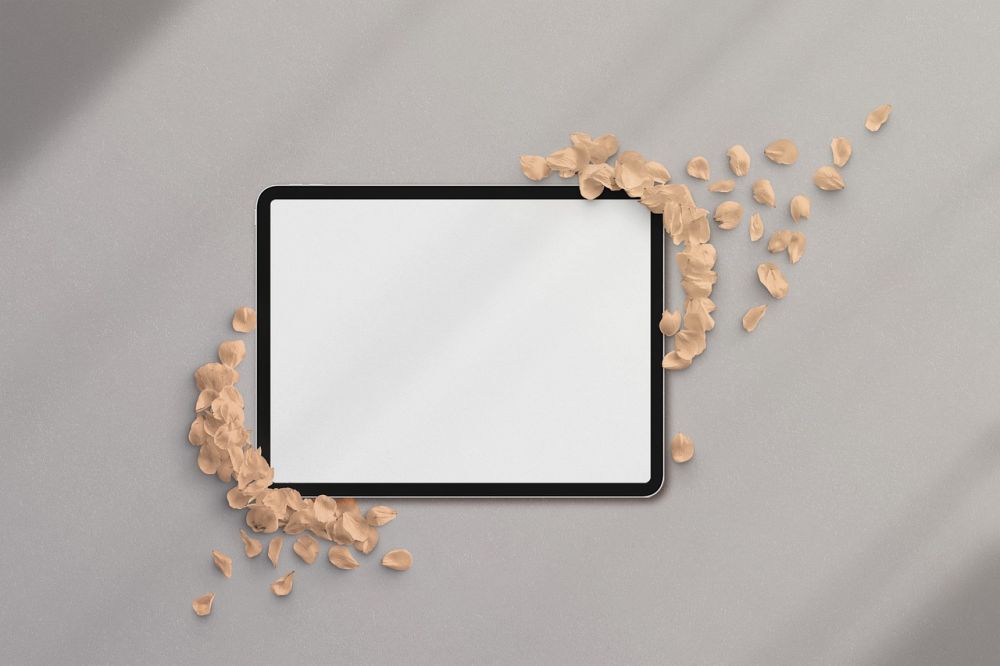Apple USB-C: A Comprehensive Guide

Introduction
In recent years, technology has rapidly evolved, and so have the connectivity options for our devices. One such development is the introduction of USB-C by Apple Inc. This article aims to provide a detailed overview of Apple USB-C, its various types, popularity, quantitative measurements, and a discussion on how different Apple USB-C variants differ from one another. Additionally, we will explore the historical background along with their advantages and disadvantages.
1. Overview of Apple USB-C

Apple USB-C is a versatile and advanced connectivity standard developed by Apple Inc. It offers faster data transfer speeds and multiple functionalities compared to its predecessors. USB-C connectors are compact, reversible, and can be plugged in both ways, eliminating the frustration of plugging in the wrong way.
2. Types and Popularity of Apple USB-C
There are several types of Apple USB-C cables and adapters available on the market, catering to various needs. These include:
– USB-C to USB-C Cable: This cable is commonly used for charging and syncing devices such as MacBooks, iPads, and iPhones.
– USB-C to USB-A Adapter: This adapter allows users to connect USB-A devices, such as external hard drives or keyboards, to USB-C ports.
– USB-C to HDMI Cable: This cable enables users to connect their MacBooks or iPads to external displays or TVs.
– USB-C to Lightning Cable: Primarily used for charging and syncing Apple devices with lightning ports.
Apple USB-C has gained immense popularity due to its compatibility across a wide range of devices. It is increasingly being adopted in the latest MacBook models, iPads, and iPhones. Its universal nature has made it a preferred choice for many users.
3. Quantitative Measurements of Apple USB-C
The performance of Apple USB-C can be measured based on various quantitative factors, including data transfer speed, power delivery, and video output capabilities.
– Data Transfer Speed: Apple USB-C supports faster data transfer rates, with USB 3.1 Gen 2 providing speeds of up to 10 Gbps. This allows for quick file transfers and efficient syncing between devices.
– Power Delivery: USB-C enables power delivery up to 100W, making it possible to charge laptops, tablets, and smartphones efficiently. This feature eliminates the need for multiple chargers.
– Video Output: Apple USB-C supports video output up to 4K resolution, allowing users to connect their devices to high-resolution external displays or TVs.
4. Differentiation among Apple USB-C Variants
While Apple USB-C offers a standardized interface, there are slight variations between different models and generations. These differences mainly lie in their capabilities, compatibility, and data transfer speeds.
For instance, the latest USB-C versions offer Thunderbolt 3 support, enabling even faster data transfer speeds of up to 40 Gbps. Thunderbolt 3 also allows for daisy-chaining multiple devices and connecting to high-resolution displays. However, older USB-C versions may not support Thunderbolt 3 and might have lower data transfer speeds.
5. Historical Overview of Advantages and Disadvantages
Over the years, Apple USB-C has brought significant advancements, but it also has its fair share of pros and cons.
Advantages:
– Reversible Connector: The reversible design of USB-C eliminates the frustration of plugging it in the wrong way, ensuring a hassle-free experience.
– Versatility: Apple USB-C is compatible with various devices and can handle power delivery, data transfer, and video output, simplifying connectivity requirements.
– Compact Size: USB-C connectors are smaller and sleeker than previous designs, allowing for thinner devices and easy portability.
Disadvantages:
– Compatibility: While USB-C is becoming increasingly prevalent, some older devices may still rely on different connectors, necessitating the use of adapters.
– Cost: The transition to USB-C might require purchasing new cables and adapters, which can be an additional expense for users.
Conclusion
Apple USB-C has revolutionized connectivity standards, offering faster data transfer, power delivery, and versatile compatibility. Its various types cater to different user needs, making it a popular choice among private individuals. As technology continues to advance, the adoption of USB-C is expected to grow further, simplifying connectivity across devices.
By providing a comprehensive overview of Apple USB-C, its types, popularity, quantitative measurements, differentiation, and historical background, this article aims to equip readers with valuable insights into this advanced connectivity standard.
FAQ
What is Apple USB-C?
What are the popular types of Apple USB-C?
What are the advantages of Apple USB-C?
Fler nyheter
Datorservice i Halmstad – få professionell hjälp nära dig
Introduction In recent years, technology has rapidly evolved, and so have the connectivity options for our devices. One such development is the introduction of USB-C by Apple Inc. This article aims to provide a detailed overview of Apple USB-C, its v...
03 juni 2025
Online-casino: En värld av spänning och underhållning
Introduction In recent years, technology has rapidly evolved, and so have the connectivity options for our devices. One such development is the introduction of USB-C by Apple Inc. This article aims to provide a detailed overview of Apple USB-C, its v...
09 mars 2025
IT-konsult: En Vägledare i Den Digitala Världen
Introduction In recent years, technology has rapidly evolved, and so have the connectivity options for our devices. One such development is the introduction of USB-C by Apple Inc. This article aims to provide a detailed overview of Apple USB-C, its v...
06 september 2024











